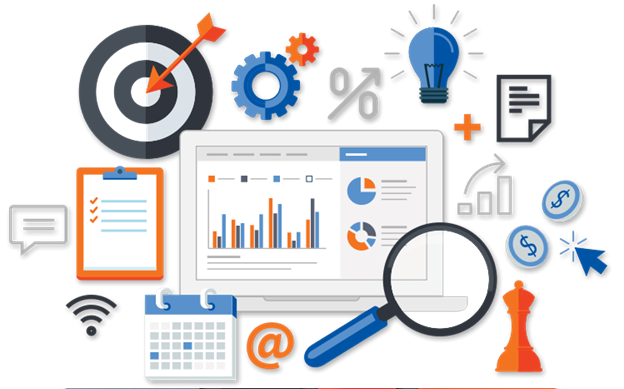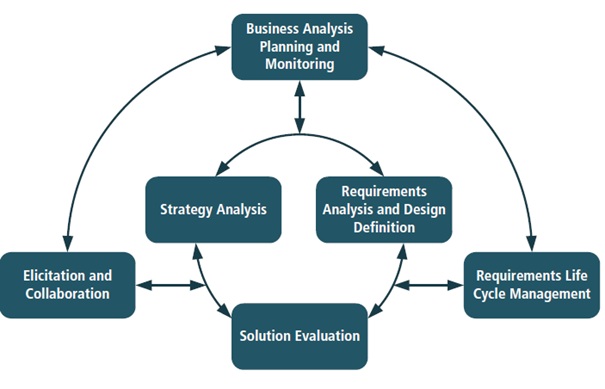
What is Business Analysis?
The role of business analysts is to bridge the gap between information technology and business using data analysis, through which they can evaluate processes, determine requirements, and provide recommendations and reports to managers and stakeholders.
The International Institute of Business Analysis (IIBA), which has introduced BABOK, defines business analysis as follows:
Business analysis is a method for introducing and managing changes in organizations, whether in for-profit businesses, government, or non-profit organizations.
Business analysis requires both hard and soft skills. A business analyst must know how to analyze and report the data analysis process and be able to share this information with others and apply it in business.


